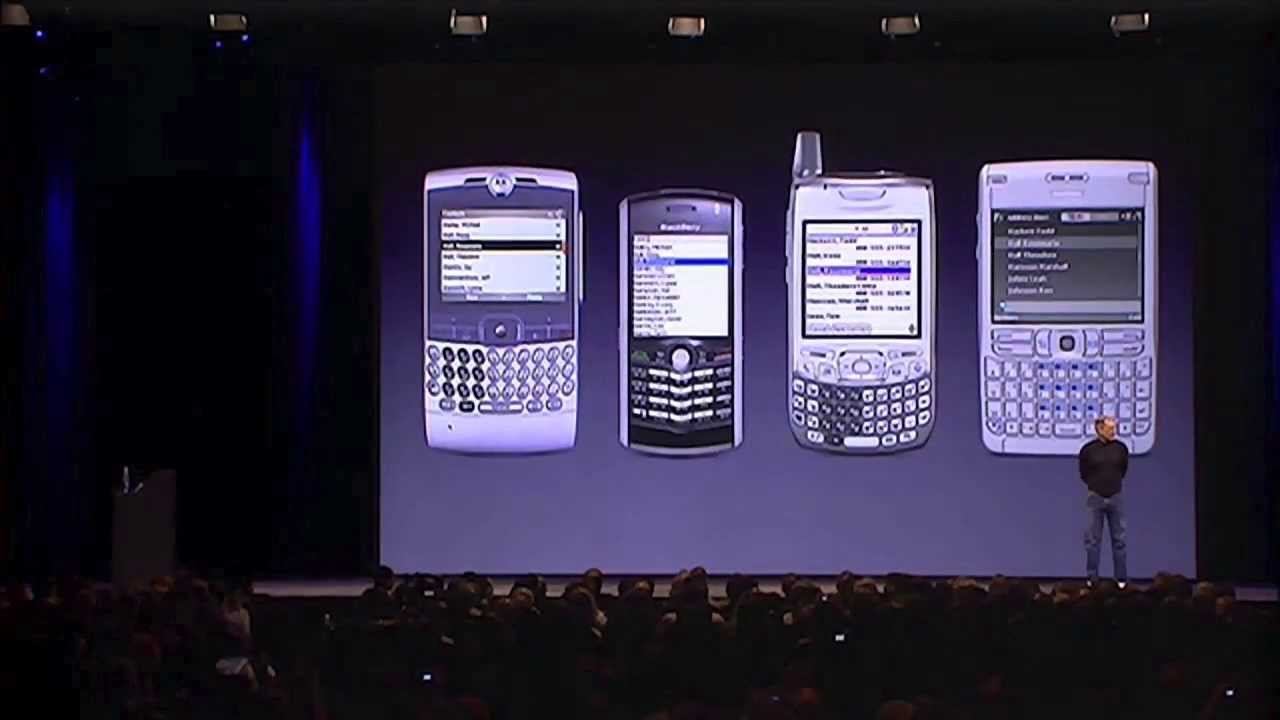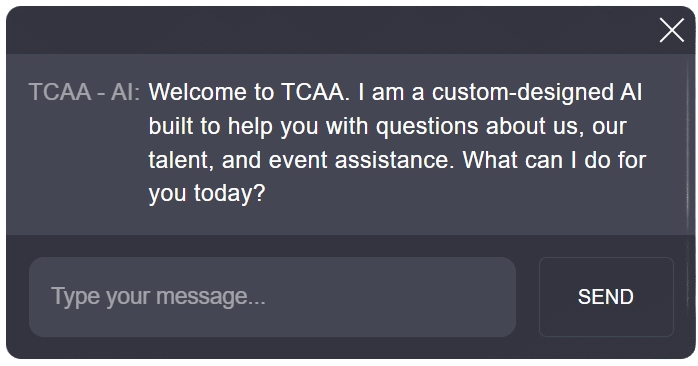The Essence of Apple’s Keynote Events
Apple Keynote events, often affectionately dubbed the “Stevenote,” are more than just ordinary tech presentations; they are dazzling showcases of innovation and design. Traditionally helmed by Steve Jobs, these events are renowned for introducing groundbreaking Apple products and features that often set new benchmarks for the technology industry. Imagine a room buzzing with anticipation, where each slide unveils another surprise, profoundly impacting our relationship with technology. Jobs’ exceptional presentation skills not only highlighted Apple’s latest innovations but also demonstrated how effectively a story could be woven into the fabric of technology and design.
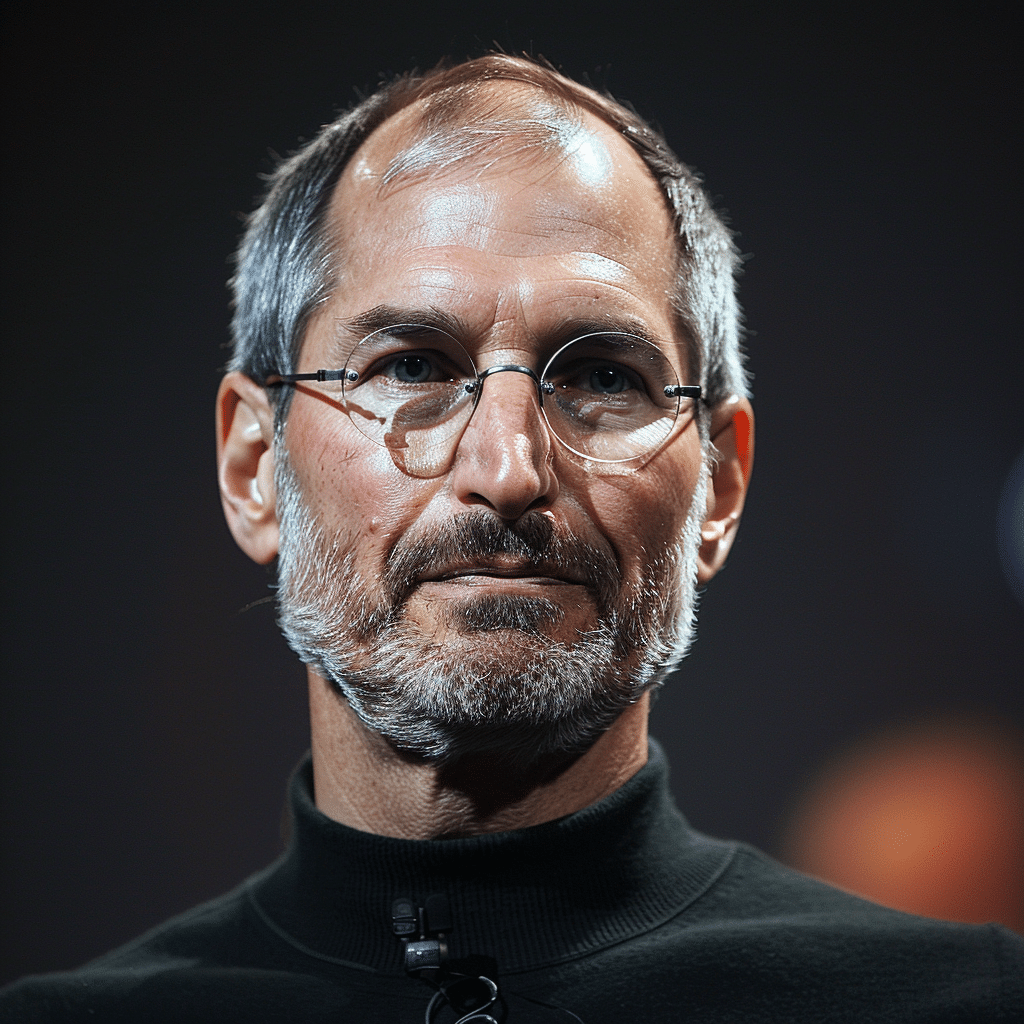
| Feature | Details |
|---|---|
| Also Known As | Stevenote |
| Frequency | 2 to 4 times a year |
| Typical Duration | 45 to 60 minutes |
| Key Features | Groundbreaking product reveals, advanced presentation technology, storytelling, minimal design |
| Eligibility to Attend | Apple employees in Developer Relations, members of the press, developers (via lottery) |
| Key Presenter | Traditionally Steve Jobs |
| Presentation Tool | Keynote app on iPad, allows integration with Apple Pencil |
| Cultural Impact | Set industry standards for product launches, transformed tech presentations |
| Legacy of Steve Jobs | Influential presentation style that has inspired tech leaders and continues in Apple keynotes |
| Significance | Influences technology trends, sets market expectations, inspires competitor innovation |
The Anatomy of a Steve Jobs Presentation
Diving into what made Steve Jobs’ keynote addresses iconic, three elements stand out: his storytelling technique, minimalist slide designs, and an engaging delivery style that seemed to connect directly with every audience member. Jobs mastered the art of the keynote by presenting complex ideas simply and compellingly. His slides typically featured striking visuals with minimal text, aiding in communicating the core message succinctly. Jobs’ ability to weave a narrative through his presentations, making each product reveal feel like a crucial moment in a larger story, transformed what could be dry technical releases into must-watch events.

The “Stevenote”: A Cultural Phenomenon
From its humble beginnings, the “Stevenote” grew into a cultural landmark within the tech community. Each event was shrouded in secrecy and high expectations, fueling widespread media speculation and public excitement. This phenomenon set the gold standard for product launches, not just in tech but across industries. The aura surrounding each keynote was palpable, with Steve Jobs’ charismatic presence and the revolutionary Apple products often giving attendees and viewers alike a glimpse into the future of technology.
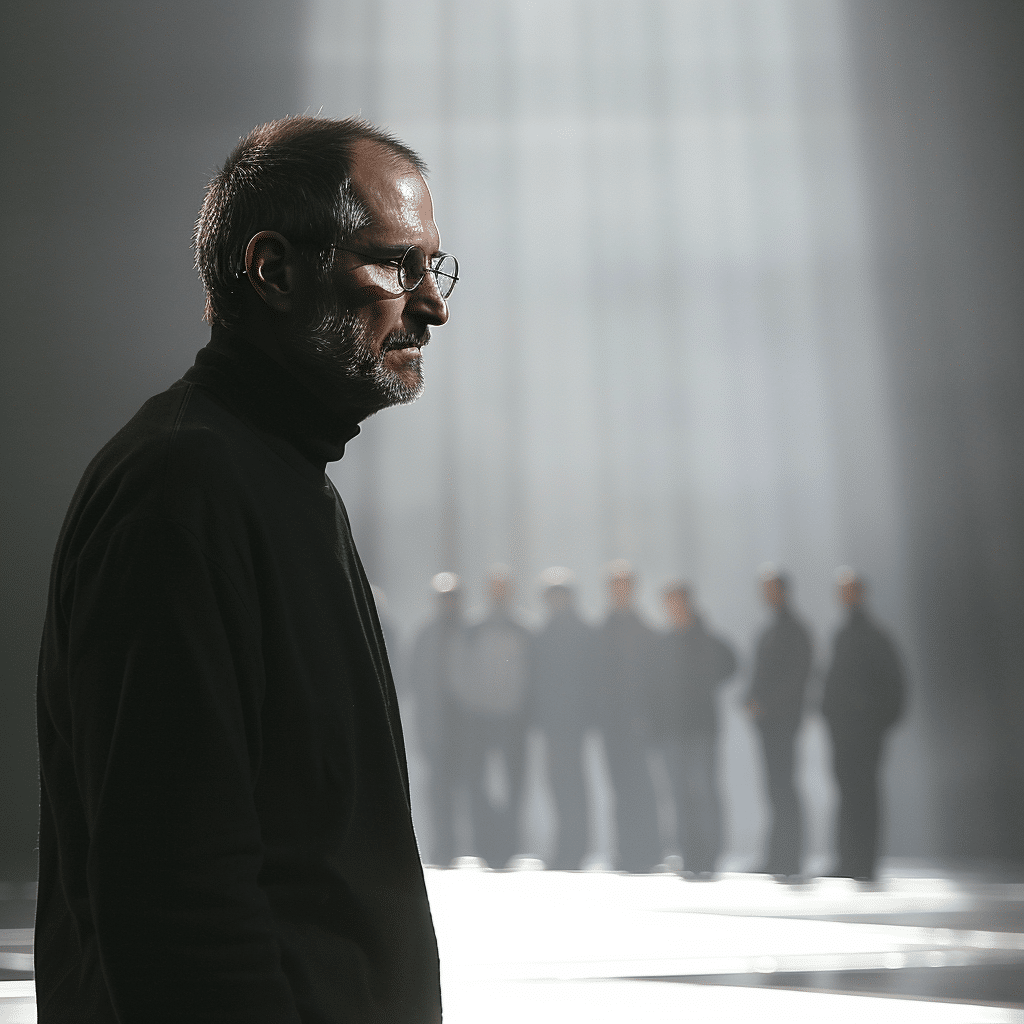
Exclusive Access: Who Gets to Attend?
Gaining entry to an Apple Keynote event is akin to winning a golden ticket. Attendees typically include Apple employees from Developer Relations, members of the press, and developers lucky enough to secure a spot through a lottery system. Given the limited seats and high demand, these tickets are incredibly sought after, adding an aura of exclusivity and prestige to the events. This selective access ensures that every seat at a keynote is filled with influencers who play a pivotal role in the tech ecosystem, from developers who will build on the Apple platform to journalists who will narrate the event’s story to the world.
Keynote’s Technological Mastery
Keynote is not just a tool; it’s the most advanced presentation software designed for a mobile device. Starting with an elegant Apple-designed theme, users can add text, images, charts, tables, and shapes with just a few taps. The integration of Apple Pencil allows users to draw and write on their iPads, making it an indispensable tool for presenters looking to engage their audience with compelling, visually appealing content. This technological sophistication and intuitive design reflect the high standards seen in Jobs’ own presentations, which were seamless, impactful, and always ahead of their time.
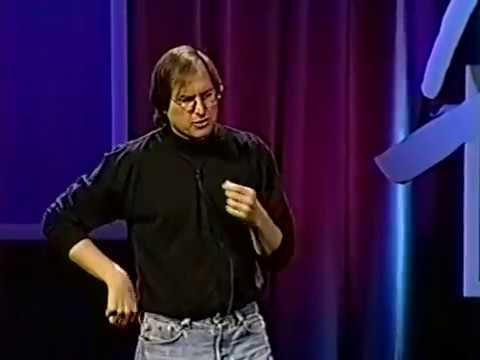
Steve Jobs’ Lasting Legacy on the Tech Stage
Reflecting on Steve Jobs’ enduring influence on the tech industry reveals how his keynote presentations went beyond mere product launches—they were a masterclass in marketing and public speaking. His techniques have inspired a generation of tech leaders, who aspire to captivate and engage their audiences as Jobs did. Even today, Apple executives infuse elements of his style into their presentations, hoping to ignite the same excitement and curiosity that Jobs mastered.

Beyond the Stage: How Keynote Events Shape Innovation
Apple’s Keynote events do more than unveil new products; they set the stage for the next wave of technological innovation. Each announcement not only shifts market expectations but also prompts competitors to push their creative and technical limits. This ongoing cycle of anticipation, innovation, and influence underscores the profound impact these keynotes have on the global tech landscape, demonstrating that the ripples from each event reach far beyond the immediate audience.
In essence, the legacy of Steve Jobs and the continuing tradition of the Apple Keynote event are about much more than the products themselves. They are about inspiring innovation and setting a vision for the future of technology.
